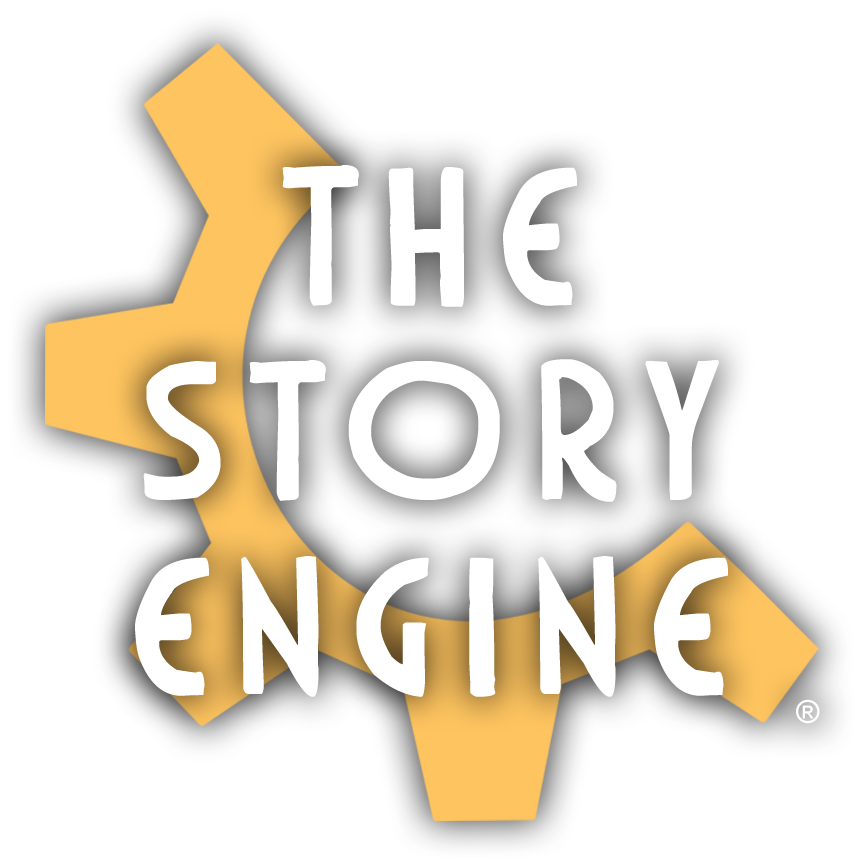by Peter Chiykowski
Read Volume 1, Volume 2, Volume 3, Volume 4, and Volume 5
Welcome back to the Lore Master's Development blog, where we're sharing behind-the-scenes tales from Lore Master's Deck development! In previous issues, I shared some insights about collaboration, the beta process, and the origins of the deck itself. This time, I'm going one step further to explain the context behind one major modification.
But first, some background.
In Lore Master's Deck, there are eight core card types. The seven lore card types describe different worldbuilding components: Factions, Figures, Events, Locations, Objects, Materials, and Creatures. They all have four primary cues on one side and four secondary cues on the reverse side. Primary cues tell you what a thing is—for example, "tower," "store," and "desert" are all primary cues from the Location cards—while secondary cues offer details that make the primary cue feel more distinct.

A Figure card with primary cues on one side and secondary cues on the other.
Secondary cues can also fall into several different categories, depending on the type of card. For instance, a secondary cue could give a Figure an Agenda that tells you about something that person wants to do (like "heist an object"). It could also give that figure a Trait that tells you something about their general appearance or personality (such as "brave or reckless"). Trait is one of the more common categories of secondary cue across all seven primary card types.
And therein lies the problem.
That eighth card type? It's a deck of adjectives. And it also used to be called Traits.
A funny full-circle moment
This wasn't an easy decision. It turns out that it's a bit of a funny one, though.
We got some helpful beta feedback from a few people that it was confusing to have some secondary cues labeled as traits while also having a dedicated card type called Traits. A good point! So I did some brainstorming on alternative names.

Trait cards featured one-word descriptors that provide an initial detail for a primary cue of another card type. For example, the Object cue "sword" might suddenly become a "PARASITIC sword." In some cases, the card was providing a trait, but in other cases, it felt more like it was putting a spin on a card.
We spent almost five days going back and forth on the question of whether the new name should be Modifier, Descriptor, or Wildcard. I could tell I was in that deep-in-the-weeds stage of overthinking, but I'm glad we put as much care into the decision as we did.

But get this: a week after we decided on the name Modifier, I rediscovered my old development journals for Lore Master's Deck (from before it was even called Lore Master's Deck).
I found my earliest card-type brainstorming notes.

It's funny how things come full circle.
